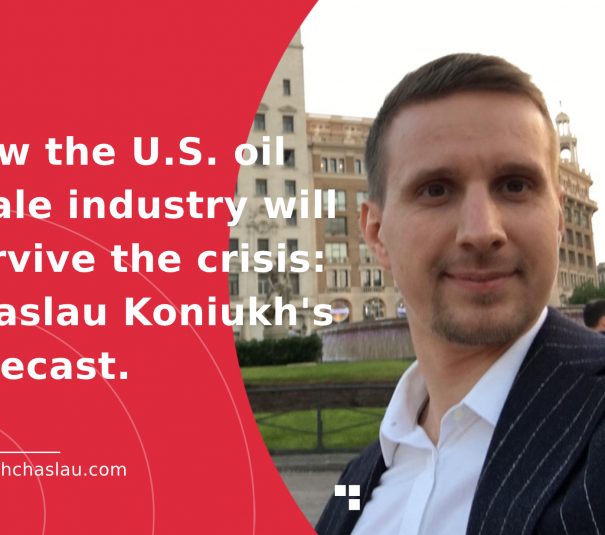The service sector is accelerating Spain’s economic growth
Goldman Sachs analysts studied the dynamics of the European Union’s economic recovery following the pandemic. They found that Southern European countries had achieved the best results. The active development of the service sector was the key factor here. Spain stands out in particular. Its economy is growing faster than those of most of its neighbours, thanks to higher added value in the service sector. Experts predict that this trend will persist in the years to come.
According to a Goldman Sachs forecast:
– in 2026, Spain’s economic growth will reach 1.9%;
– economic growth in 2027 should reach 1.7%;
– for comparison, the European Union’s economic growth is forecast to be around 1.2% in 2026.
The tourism sector is the main driver of growth in Southern Europe. Its recovery boosted the economy immediately after the pandemic. However, the structure of the service sector has changed over time. High-value segments have come to the fore:
– financial services;
– real estate transactions;
– information and communication technologies.
This shift is particularly noticeable in Spain. The share of high-value services in the country’s GDP has grown by 3%. According to a forecast by Goldman Sachs, this trend will continue in the coming years, ensuring sustainable growth for Spain’s economy.
Other factors contributing to the recovery
It bears noting that the recovery of Spain’s economy is not solely due to the growth of the service sector. Manufacturing has also played a significant role in accelerating economic growth. Spain experienced the sharpest decline of any European country during the pandemic. However, the government managed to reduce the GDP per capita gap in a relatively short period of time.
Immigration has also played a role in this positive trend. More people are moving to Spain relative to its population than to Germany or France. Furthermore, immigrants in Spain tend to be highly qualified and well-educated.
Another advantage is that Spain is less dependent on US trade policy. The proportion of exports to the country’s economy is smaller than in most other EU countries.
The impact of internal processes
In 2025, Spain experienced political uncertainty. However, this did not seriously affect economic forecasts. Stable growth is indicated by low taxation and expenditure compared to neighbouring countries.
As for expenditure, analysts expect it to increase in the defence sector. Additionally, an increase in costs to cover the budget deficit is forecast. These will rise to 2.6% of GDP in 2026 and 2027.
Domestic political processes slowed down the use of European Recovery Fund funds in 2025. Consequently, the budget policy was adjusted, with most of the spending being carried over to the following year.










